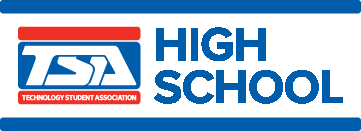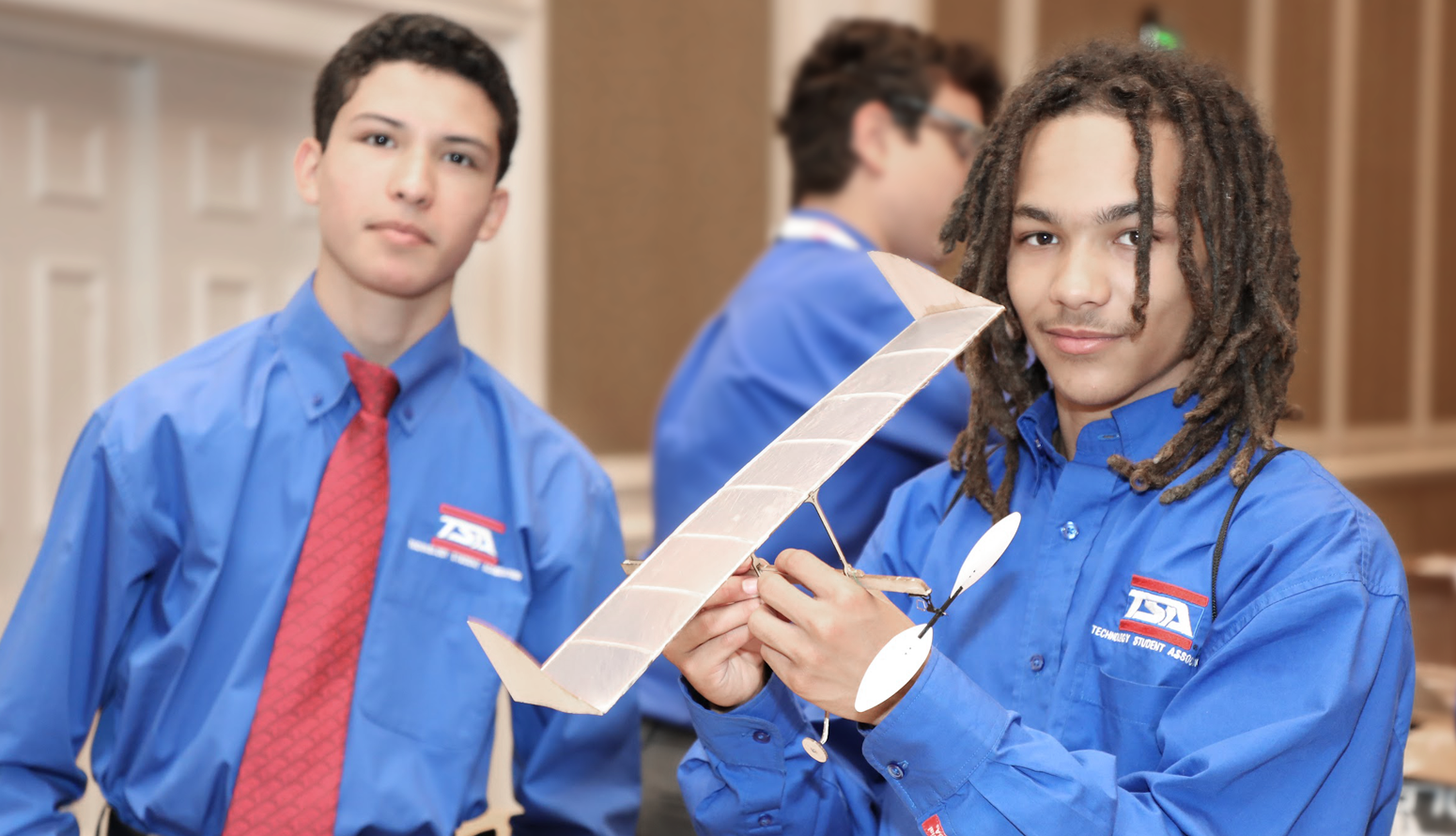
TSA offers 36 middle school competitions. Click on a category below to view a list of TSA middle school competitions and their summary descriptions in that category.
Inventions and Innovations
Participants research a need - and brainstorm a solution - for an invention or innovation that can be produced using recycled materials. Participants document their work in an interactive display and create a model/prototype. Semifinalists deliver a presentation about their work and participate in an interview.
Leadership Strategies
Participants prepare for and deliver a presentation about a specific challenge that officers of a TSA chapter might encounter. Semifinalists follow the same competition procedure but must respond to a different chapter challenge.
Mass Production
Participants manufacture a marketable product that addresses the annual theme. The development of the product prototype is documented in a portfolio that presents participant knowledge and skills related to the mass production process. Through a demonstration of the prototype and an interview, semifinalists support the viability of the prototype.
Mechanical Engineering
Participants design, document, and build a mechanical device (working catapult) that incorporates the elements of the annual theme/problem. Finalists are determined based on an evaluation of the documentation portfolio and participation in a head-to-head bracket.
Medical Technology
Participants conduct research on a contemporary medical technology issue related to the annual theme, document their research, create a display, and build a prototype. Semifinalists deliver a presentation about their entry and participate in an interview.
Microcontroller Design
To address the annual theme/problem, participants design and create a working digital device, document the development process, and demonstrate their product as part of a presentation.

TSA offers 36 middle school competitions. Click on a category below to view a list of TSA middle school competitions and their summary descriptions in that category.
Transportation Modeling
Participants research, design, and produce a scale model of a vehicle that complies with the annual design problem. A display for the model and a documentation portfolio – containing elements such as a description of the vehicle, photographs and commentary detailing the vehicle production, and technical illustrations – are required. Semifinalists participate in an interview.
Video Game Design
Participants design, build, and launch an E-rated online video game – with accompanying required documentation - that addresses the annual theme. Semifinalists participate in an interview to demonstrate the knowledge and expertise they gained during the development of the game.
Virtual Reality Simulation (VR)
Participants use video and 3D computer graphics tools and design processes to create a two-to-three-minute VR visualization (accompanied by supporting documentation) that addresses the annual theme. Semifinalists deliver a presentation about their visualization and participate in an interview.
Webmaster
Participants design, build, and launch a website that addresses the annual challenge. Semifinalists participate in an interview to demonstrate the knowledge and expertise gained during the development of the website.
